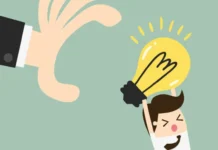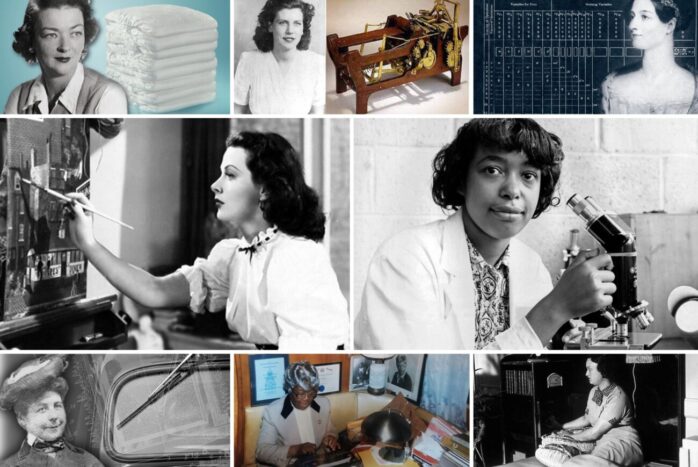
Since the dawn of humankind, inventors and pioneers have existed, changing the world with innovation and creativity. Every day, inventions are made that make our lives easier, safer, and more comfortable. Of these brilliant minds, an impressive number are female inventors. Their stories of resilience—overcoming prejudice against their sex to pursue their dreams-are inspiring to all who seek to make a difference in society.
Though many female innovators receive little recognition or attention for their work and accomplishments, their impact on the world is undeniable. From groundbreaking medical technology to resourceful kitchen gadgets, these women have brought aspects of modern life into existence through determined effort and perseverance.
Historical Context
Throughout human history, the contributions of female inventors have often gone unrecognized and underestimated. While today’s culture is beginning to give due acknowledgment to women in this field, it is important to take note of the longstanding struggles that have defined female inventorship. The legacy of persistent impediments should be remembered in order for us to appreciate the breakthroughs made by female inventors even more so.
Throughout centuries, women faced various trials tied to socioeconomic norms and conventions when using intellectual capacities for invention. They faced inequality of opportunities—in education, business funding access, and societal agency—all while another set of regulations was being assigned based on gender disparities. Thus, females innovating in diverse fields such as agriculture, medicine, or engineering had a higher threshold to pass when trying to turn ideas into reality.
This historical context makes it paramount to recognize the great accomplishments made by accepted and established female inventors who persevered despite difficult circumstances. It is also essential that these stories continue inspiring future generations — particularly girls — on how overcoming adversity can lead not only to tremendous change but also affect people for good throughout time and geographical locations around the world. If you are someone who needs a little help with your invention, InventHelp can help.
Hedy Lamarr: The Actress Who Invented Wireless Communication
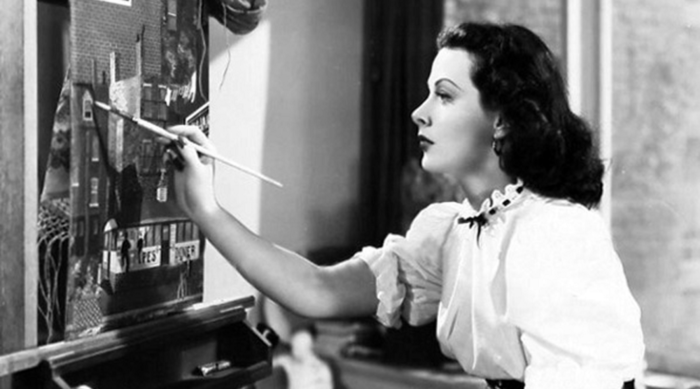
Hedy Lamarr was an Austrian-born actress and inventor who helped revolutionize modern communications. During World War II, she and her co-inventor George Antheil developed a radio guidance system that could control torpedoes without interference from enemy signals. This technology eventually led to the development of wireless communication, including Bluetooth and Wi-Fi.
Mary Anderson: The Inventor of Windshield Wipers
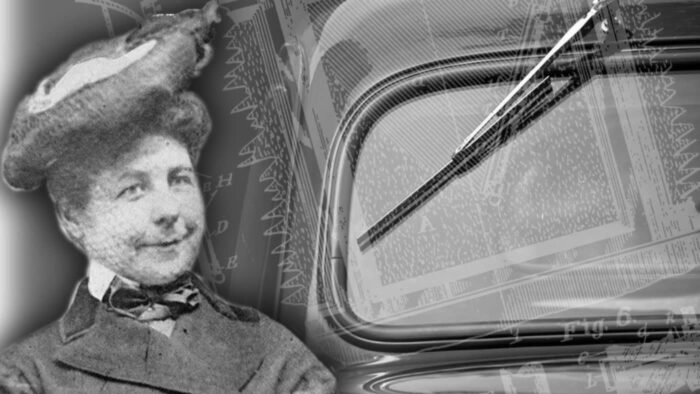
Mary Anderson was an American entrepreneur and inventor who came up with the idea for windshield wipers. In 1903, while traveling by trolley car in New York City, she noticed that the driver had to open the windshield to see through the snow. She came up with a design for a windshield cleaning device that could be operated from inside the car, and her invention eventually became standard on all automobiles.
Stephanie Kwolek: The Inventor of Kevlar
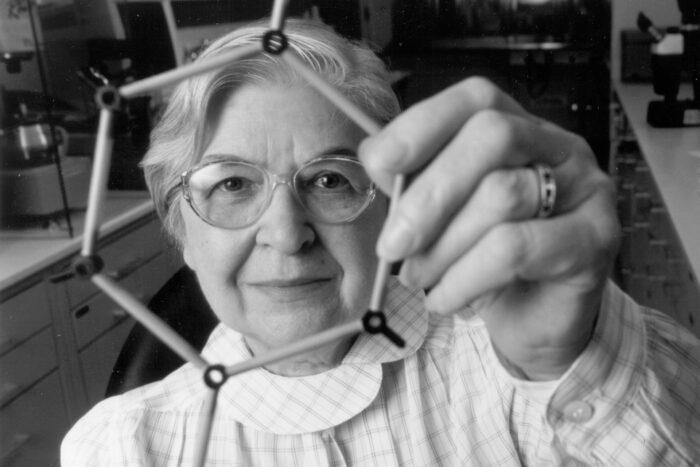
Stephanie Kwolek was an American chemist who invented Kevlar, a material that is five times stronger than steel. She developed this fiber while working at DuPont in the 1960s, and it has since been used in a wide range of applications, including body armor, bulletproof vests, and sports equipment.
Ada Lovelace: The World’s First Computer Programmer
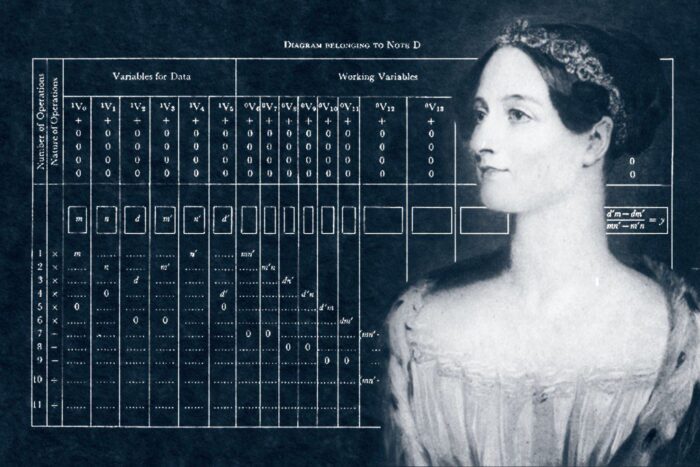
Ada Lovelace was a British mathematician and writer who is widely regarded as the world’s first computer programmer. In the 19th century, she worked with Charles Babbage on his Analytical Engine, a precursor to the modern computer. Lovelace wrote the first algorithm intended to be carried out by a machine, and her work laid the foundation for modern computing.
Patricia Bath: The Inventor of Laserphaco Probe for Cataract Treatment
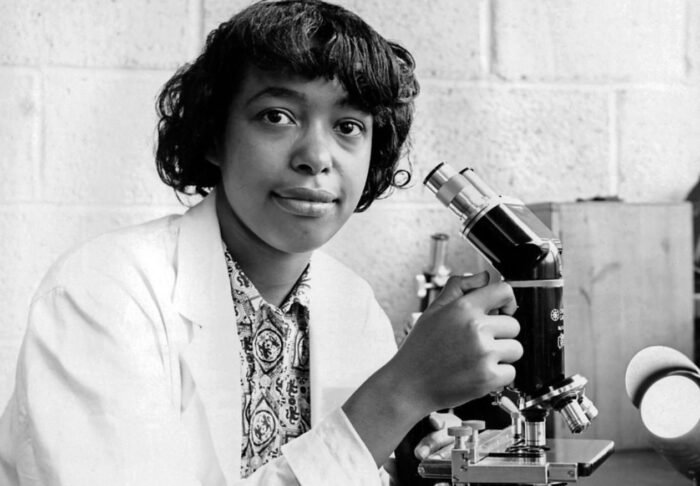
Patricia Bath was an American ophthalmologist who invented the Laserphaco Probe, a device used for the treatment of cataracts. Her invention made cataract surgery safer and more precise, and it has been used to help millions of people around the world.
Ruth Wakefield: The Inventor of Chocolate Chip Cookies
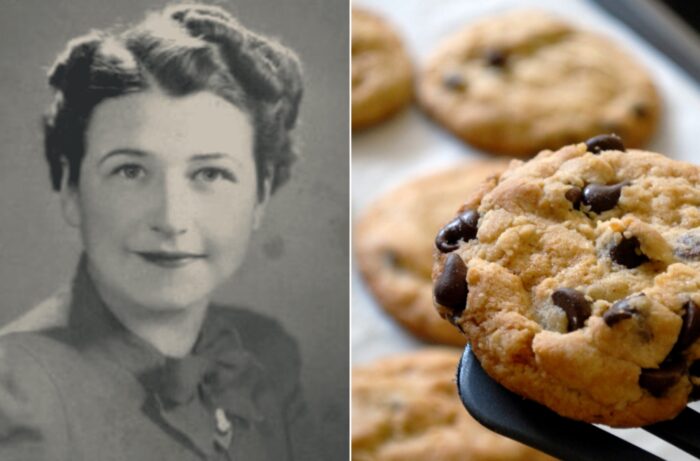
Ruth Wakefield was an American chef and entrepreneur who invented the chocolate chip cookie. In the 1930s, she was trying to come up with a new cookie recipe when she ran out of baker’s chocolate. She substituted broken pieces of Nestle chocolate, and the result was the iconic chocolate chip cookie that is loved by people all over the world.
Marion Donovan: The Inventor of Disposable Diapers
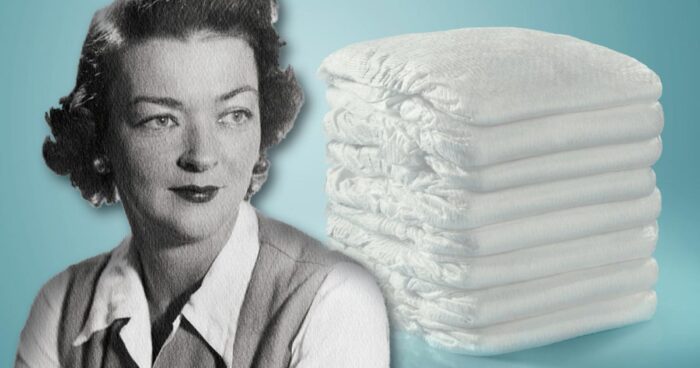
Marion Donovan was an American inventor and entrepreneur who revolutionized childcare with her invention of disposable diapers. Frustrated with the constant washing and drying of cloth diapers, she came up with a waterproof diaper cover made of nylon parachute cloth that could be reused after washing. Her invention eventually led to the development of disposable diapers, which have become a staple in modern childcare.
Margaret Knight: The Inventor of the Paper Bag Machine
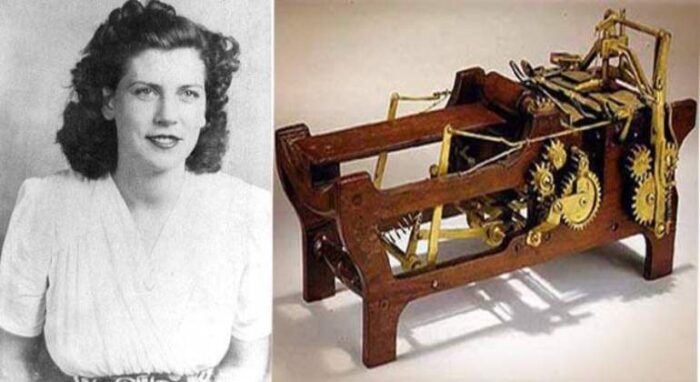
Margaret Knight was an American inventor and entrepreneur who is credited with inventing the first machine to make square-bottom paper bags. She developed her design in 1871, and her innovation made it possible to mass-produce paper bags for the first time. She revolutionized the paper industry and paved the way for modern packaging and retail.
Sarah E. Goode: The First African-American Woman to Receive a Patent for Her Invention of the Folding Cabinet Bed
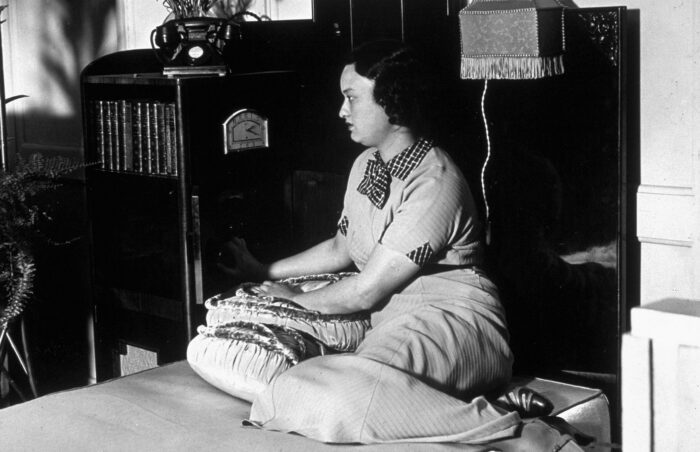
Sarah E. Goode was an African-American entrepreneur and inventor who became the first black woman to receive a patent for her invention of the folding cabinet bed. Her creation was designed to maximize space in small apartments and became a popular piece of furniture in cities around the world. Goode’s legacy is a testament to the creativity and ingenuity of women, particularly women of color, in the face of systemic discrimination and inequality.
Bessie Blount Griffin: The Inventor of the Electronic Feeding Device for Paralyzed Patients
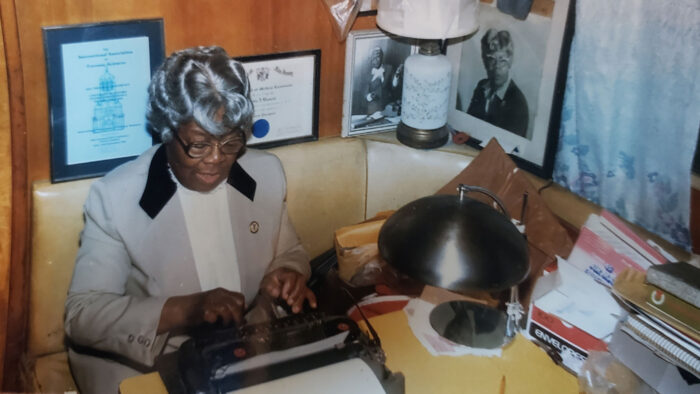
Bessie Blount Griffin was an American inventor, physical therapist, and forensic scientist who invented an electronic feeding device for paralyzed patients. It allowed patients to feed themselves by biting down on a tube that would deliver food and water directly into their mouths. Griffin’s innovation helped to improve the quality of life for countless individuals with disabilities, and her legacy continues to inspire future generations of inventors and innovators.
Marie Van Brittan Brown: Pioneering Home Security
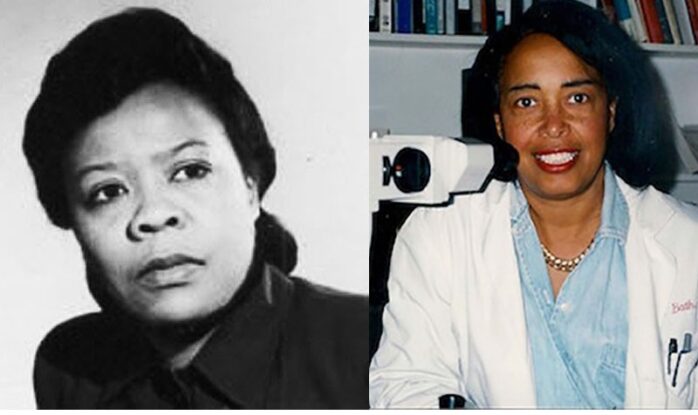
Marie Van Brittan Brown revolutionized home security when she patented the first home security system in 1966. Living in a high-crime area in Queens, New York, she felt the need for an extra layer of protection for her home. Brown’s invention was groundbreaking; it featured a closed-circuit television system that allowed homeowners to monitor the exterior of their property. The system also included a two-way microphone for communication with visitors and a remote-controlled door locking mechanism. This invention was the precursor to today’s advanced home security systems, making neighborhoods safer and giving homeowners peace of mind.
Barbara Askins: Enhancing Photographic Quality
Barbara Askins made a significant impact in the field of photography and forensic science. She is an American physicist and inventor who patented a method for enhancing the quality of photographs in 1978. Her technique involved using radiation-sensitive compositions to improve the clarity and detail of images. This invention proved invaluable in forensic science, where enhanced photographs could provide critical evidence in criminal cases. If you want to check this, you’ll find that her work has been cited in numerous scientific papers and legal documents.
Grace Hopper: Advancing Computer Programming
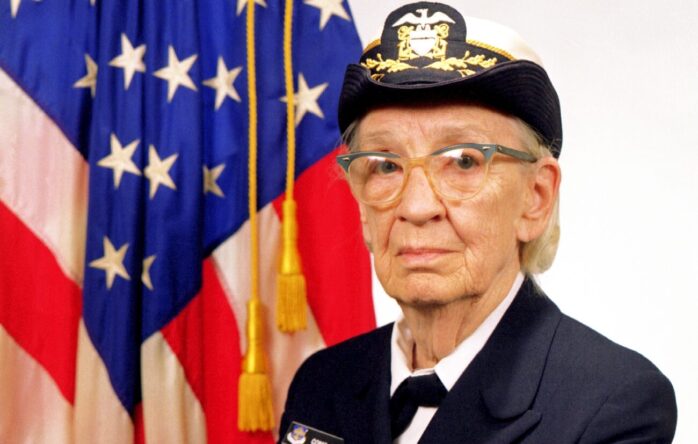
Grace Hopper was a U.S. Navy officer and a pioneering computer scientist. She is best known for her work on computer programming languages, including COBOL. This language is still widely used in business and government applications. Her contributions have had a long-lasting impact on the field of computer science.
Patsy O’Connell Sherman: Inventing Fabric Protection
Patsy O’Connell Sherman, along with her colleague Samuel Smith, invented Scotchgard in 1956. This stain and water repellent has been widely used to protect fabrics and materials from spills and stains. The invention has found applications in clothing, furniture, and automotive interiors.
Sybilla Masters: Early American Inventor
Sybilla Masters is considered one of the first American woman to receive a patent. In 1715, she was granted a patent for a corn mill that separated the husk from the kernel. This invention improved the efficiency of grain processing and had a significant impact on agriculture. To learn more, you can explore historical records that document the adoption of her technology.
Conclusions
The success of female inventors highlights the need for parity when it comes to access to resources and representation in brand marketing campaigns. There is still much progress to be made on these issues, but it is encouraging to see so many inspiring stories of women who overcame adversity and made history with their ingenuity. The contributions of these pioneers set a strong example for a new generation of young women who may one day become the next groundbreaking innovators.



